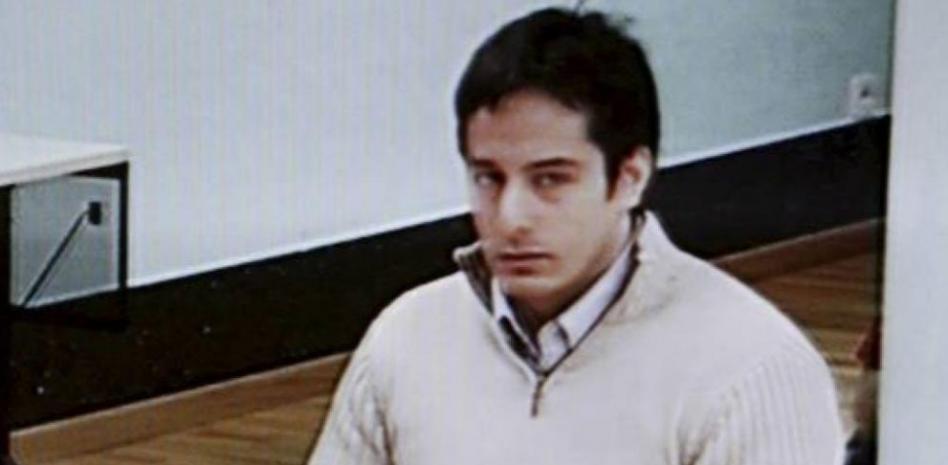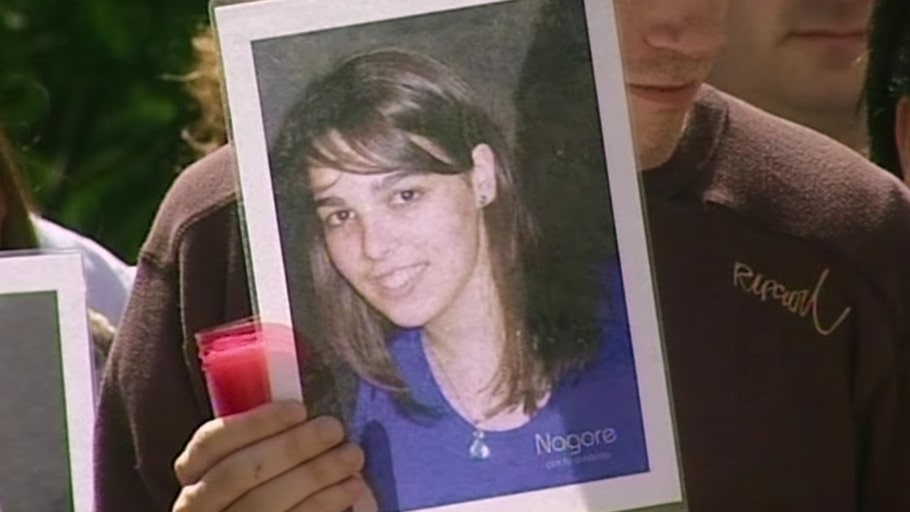While there’s no denying every loss of life is very heartbreaking, the grief and pain do grow multifold when the reason behind it is not just utterly senseless but also entirely inhumane. Unfortunately, as carefully chronicled in Netflix’s ‘You Are Not Alone: Fighting the Wolf Pack,’ this was precisely the kind of end Nagore Laffage met in the summer of 2008 at the age of 20.
Nagore Laffage Was Killed for Saying No
Although an Irún native residing far down south in Pamplona, Nagore was honestly leading a comfortable, happy, stable life when everything was snatched away from her in a single night. The truth is this youngster was pursuing her dream of becoming a nurse, which is why she was simultaneously attending school and serving as an intern at the Pamplona University Clinic. Yet little did she know this would only inadvertently lead to her untimely demise — the aspiring nurse’s light was dimmed before she even got a chance to make a real change by helping others.

It was on the evening of July 7, 2008, that Nagore was last seen alive by her friends as she celebrated the one-of-a-kind week-long San Fermín festival (aka Sanfermines) right alongside them. According to reports, she’d actually bumped into her co-worker while her e, 27-year-old psychiatrist José Diego Yllanes Vizcay, just for them to chat up a little before deciding to leave together. This 20-year-old did say goodbye to her loved ones prior to walking the doctor to her nearby apartment, seemingly unaware he was expecting a lot more than mere conversations as time passed.
Then came José’s call to a friend at around 1 pm on July 8, wherein he frantically asked for help in disposing of Nagore’s body because he’d ended up killing her following her refusal to have sex. Thankfully, all the latter did was immediately relay this information to local authorities, leading to the confessed assailant’s arrest within mere hours — though it was already way too late for her. Not only had she been slain during the night, but by the time of his apprehension, he’d also tried to dismember her remains, clean up evidence, and abandon it all 45 minutes away in Orondritz.
Nagore Laffage Died at the Bare Hands of Her Perpatrator
Once Nagore was recovered, it came to light she’d suffered a total of 36-38 blows across her body and they were so intense that she had a broken jaw, bruised ribs, as well as a fractured skull. However, her actual cause of death was strangulation — per José’s own narrative, upon hearing no, he grew so enraged he tore her clothes, raped her, beat her, and strangled her to death. He was thus charged with murder, following which he vehemently asserted he “saw his perception of reality, his conscience, and his will altered” at the time of the incident on the fateful night.

In other words, José claimed he was not in control of his actions after he’d somehow let his rage take over in an intoxicated state, so of course, they weren’t premeditated in any manner either. This was the defense he maintained at trial in a Navarra Court too, just for his victim Nagore’s character to be called into question — the jury actually went as far as to ask her mother if she was a flirt. Moreover, and more importantly, doubts were raised concerning why she even let her conversations with the 27-year-old last long as well as allowed him to accompany her to her apartment.
Therefore, in the end, José was found guilty of manslaughter instead of murder, with four mitigating circumstances of alcohol, confession, outburst, and reparation for the damage, plus one aggravating circumstance of abuse of superiority. According to official documents, six jury members considered this whole ordeal to be murder, whereas three were stuck on manslaughter, but Spanish laws at the time clearly stated seven were needed for the verdict to go toward the harsher count. José was hence sentenced to a relatively lenient 12½ years behind bars in 2008 itself, which he has long since served.
We should mention that owing to the way Nagore Laffage’s case played out in the media, she has since become a symbol of women’s social struggles, why there should be zero tolerance against any sexually violent action, and denunciation against the lack of training concerning such matters in the Spanish system.
Read More: José Diego Yllanes Vizcay: Where is the Killer Now?


You must be logged in to post a comment.